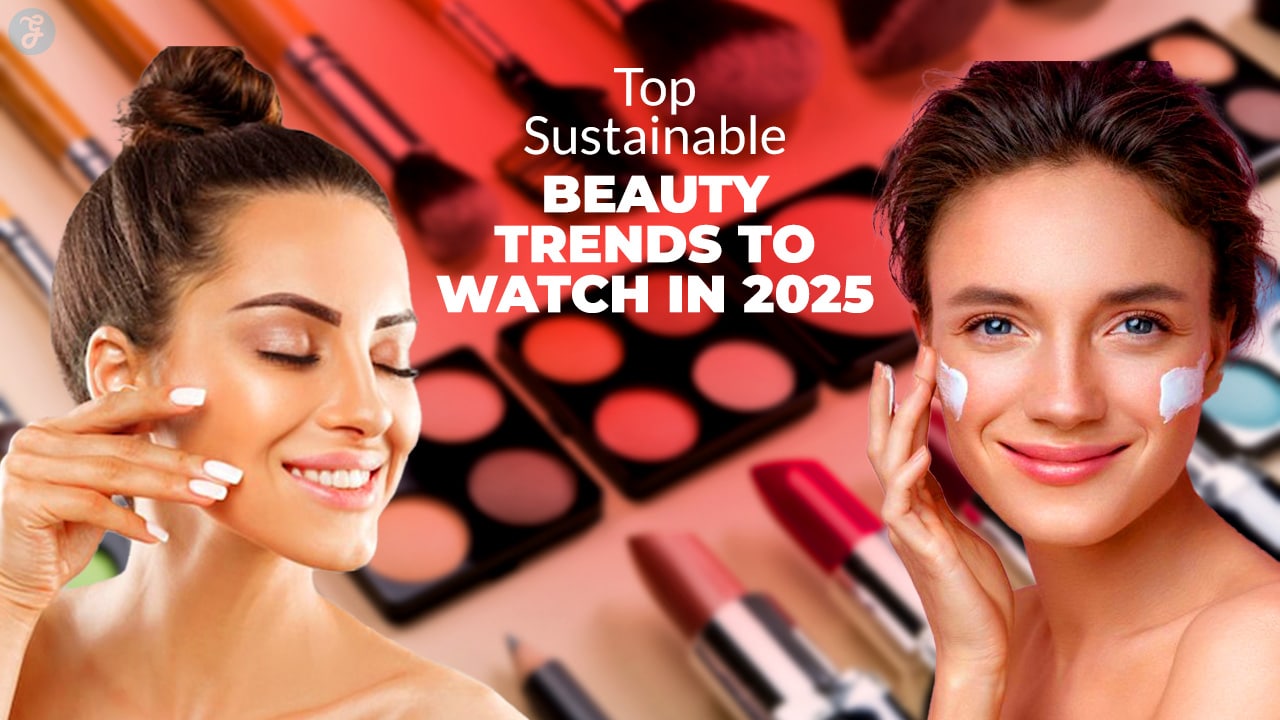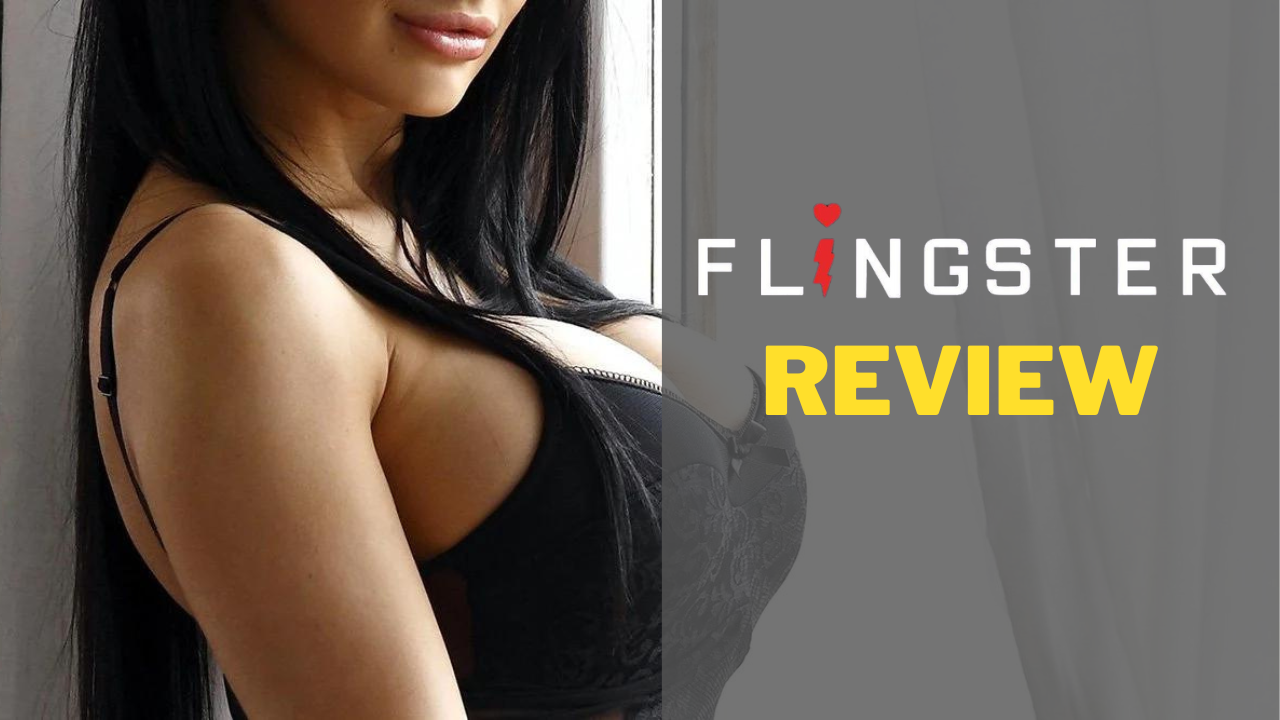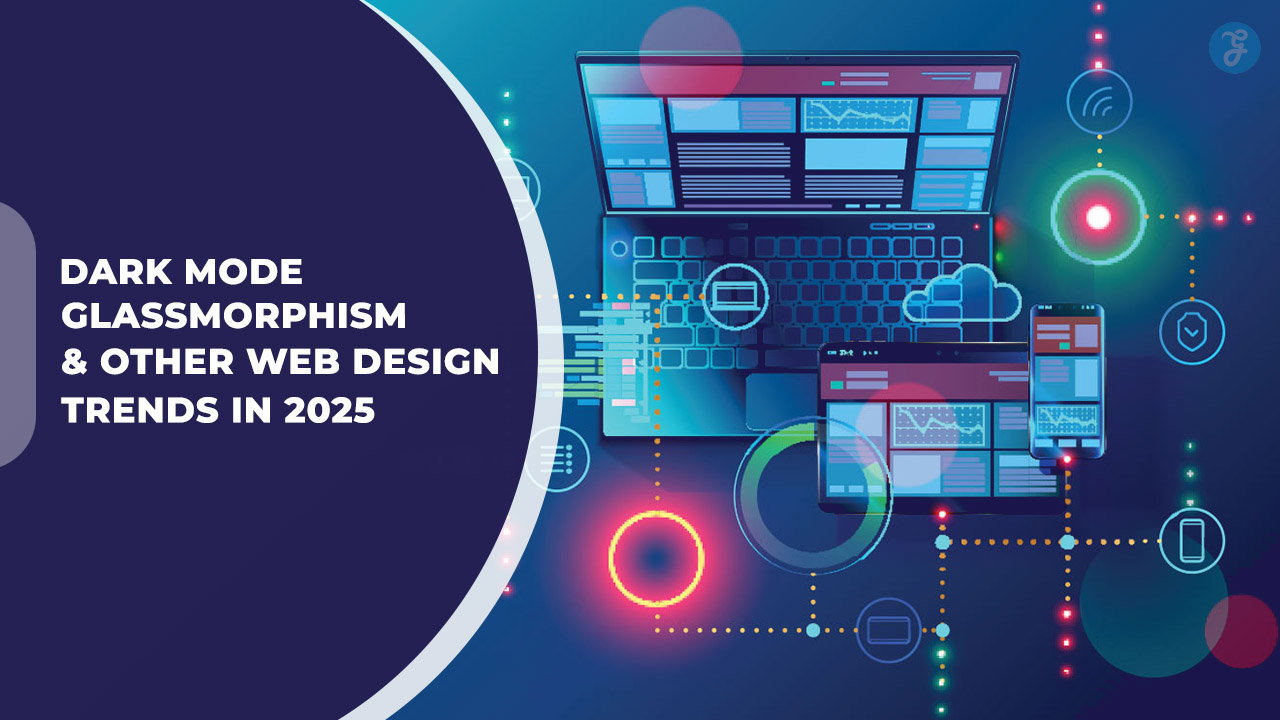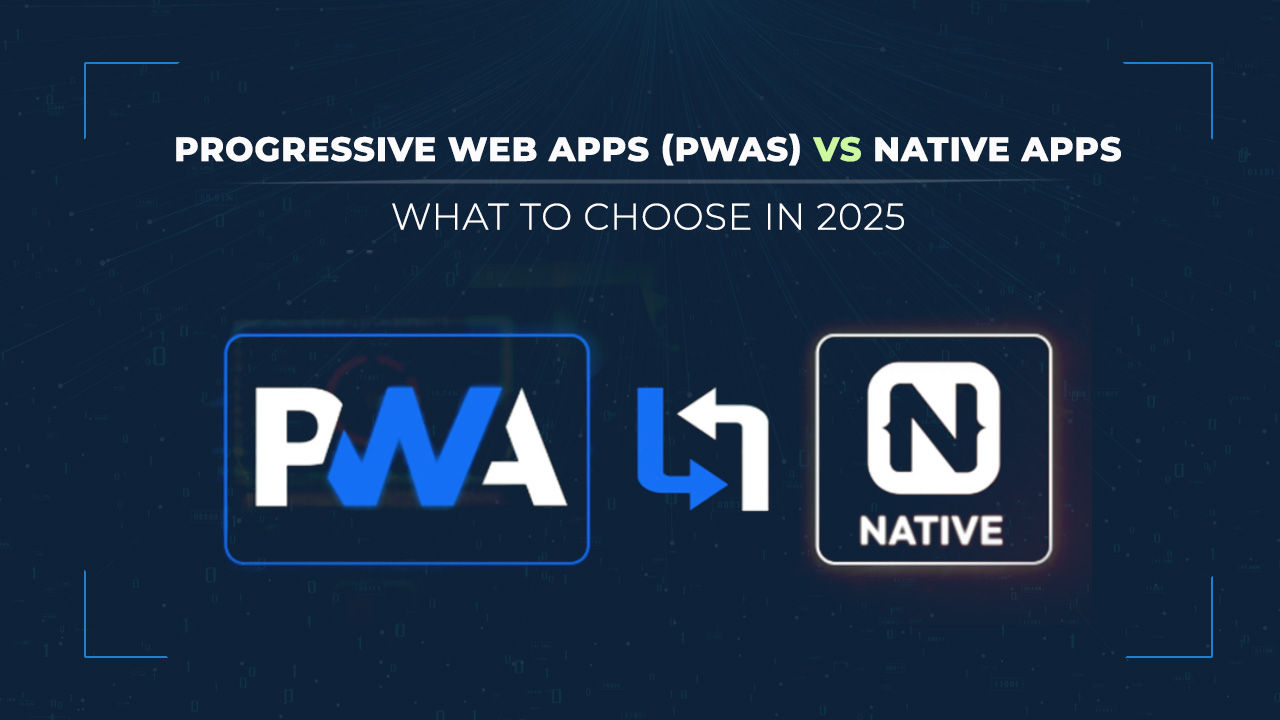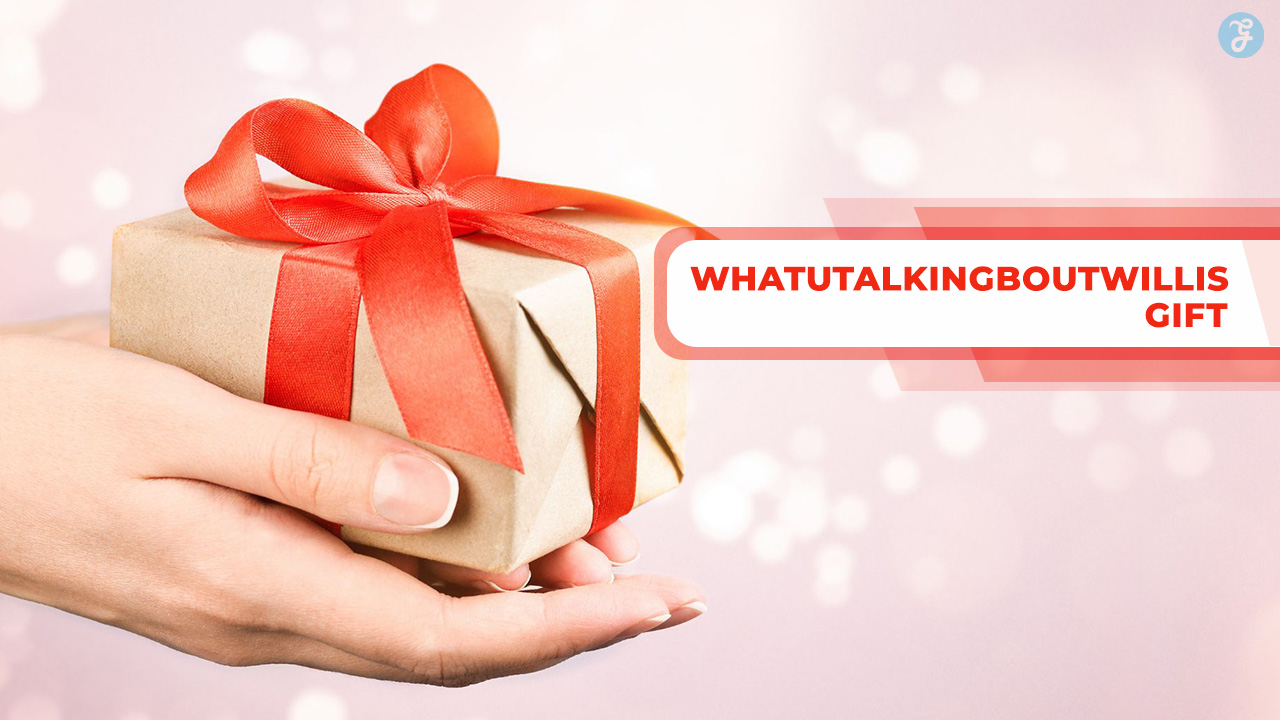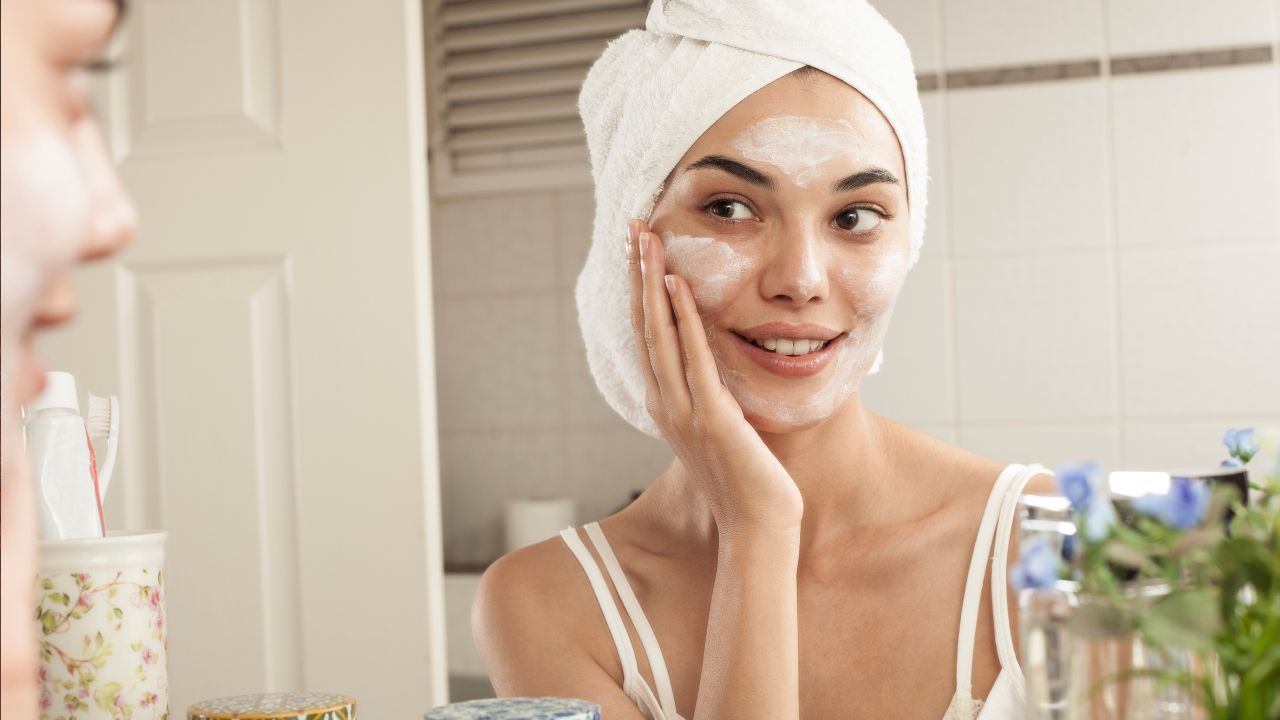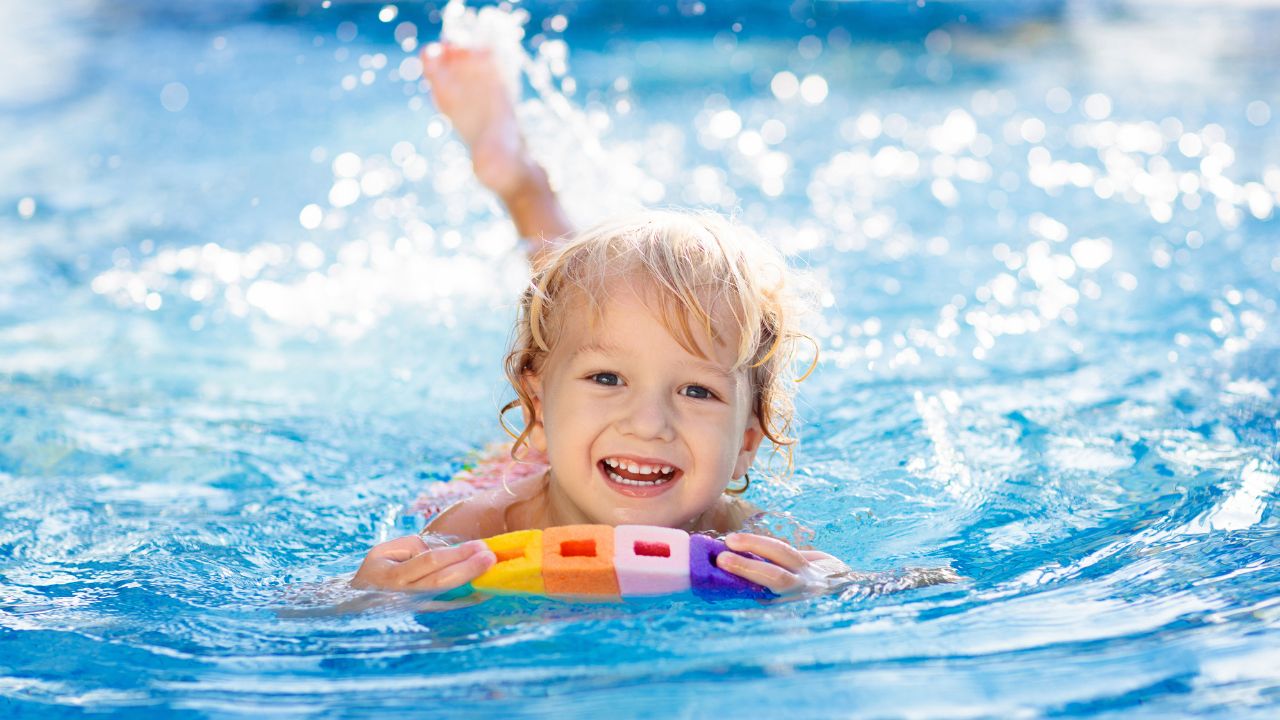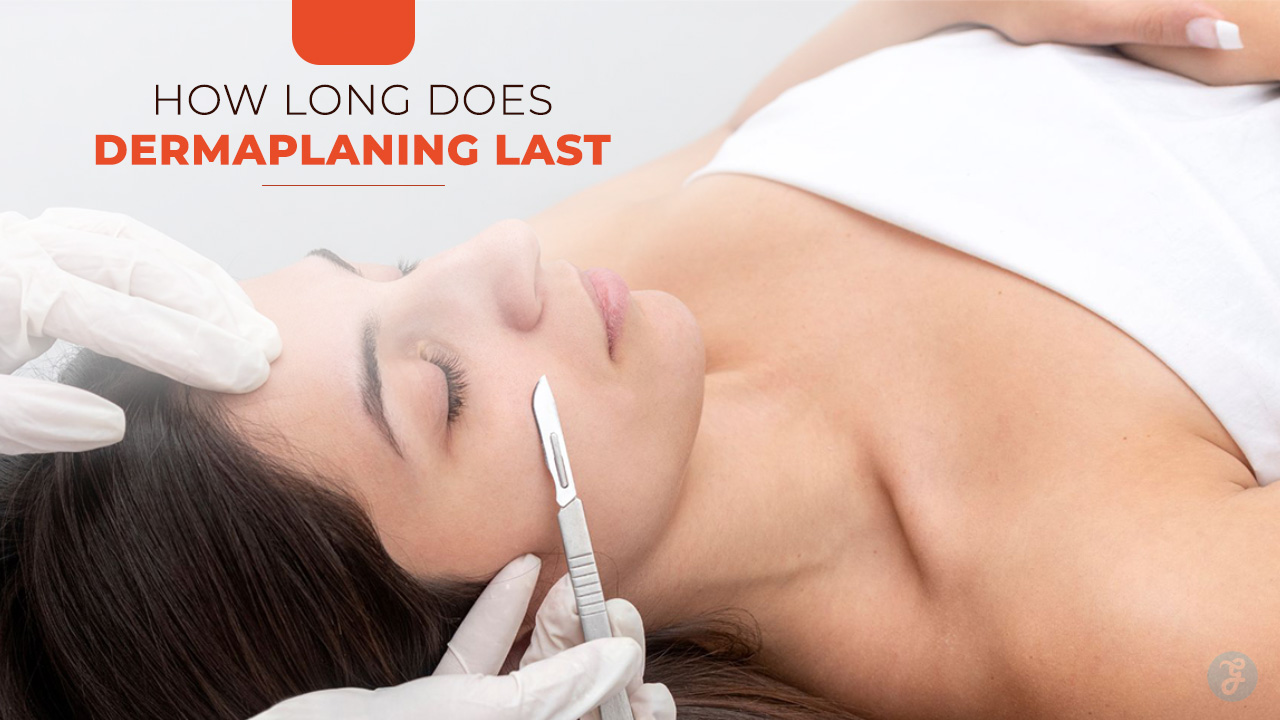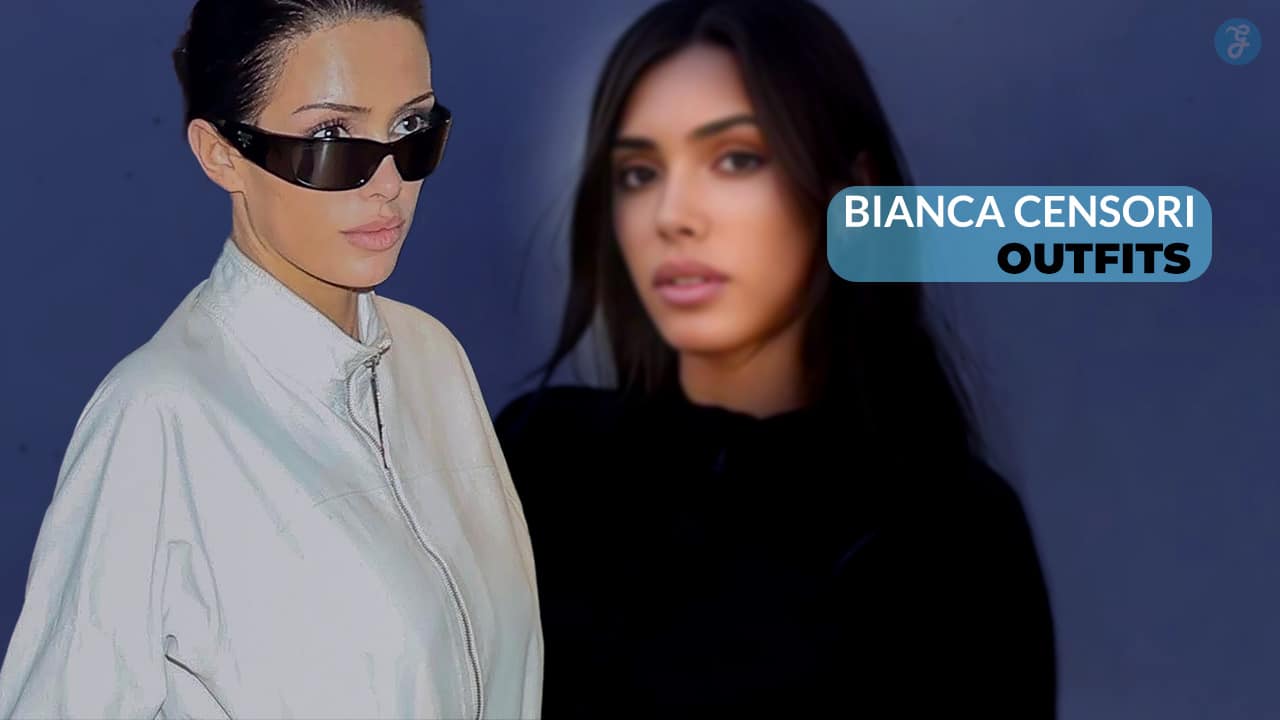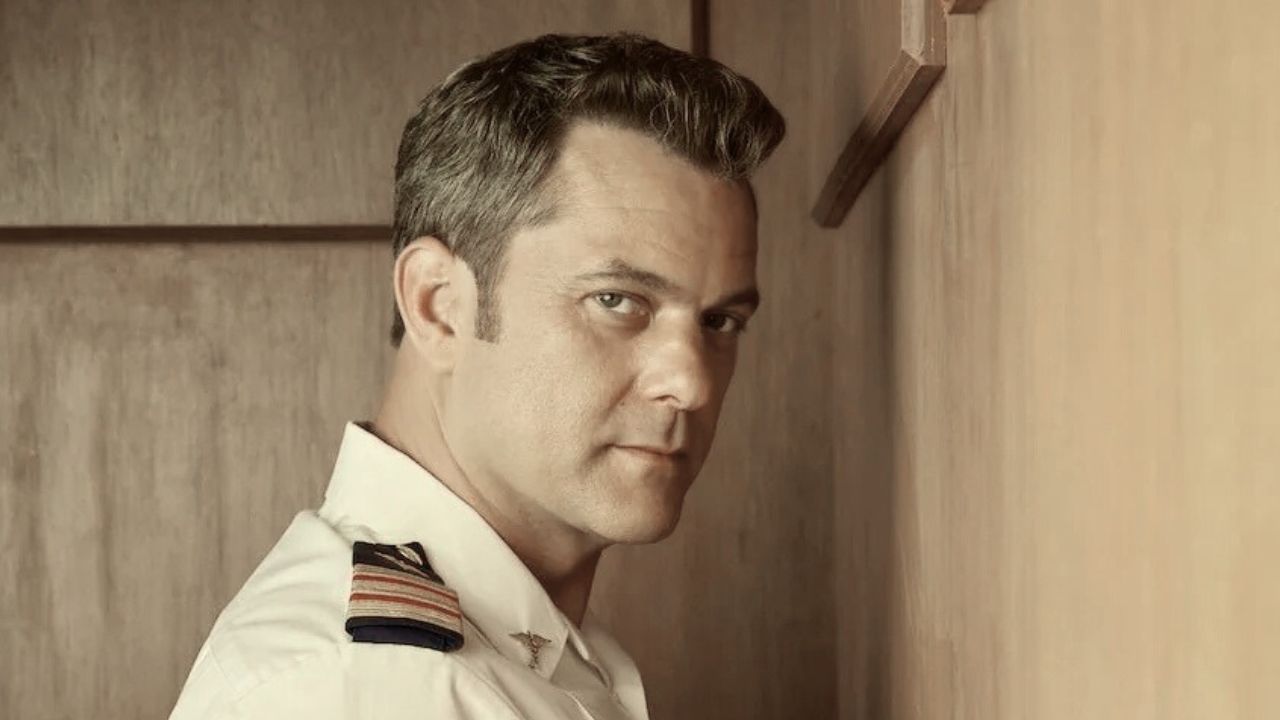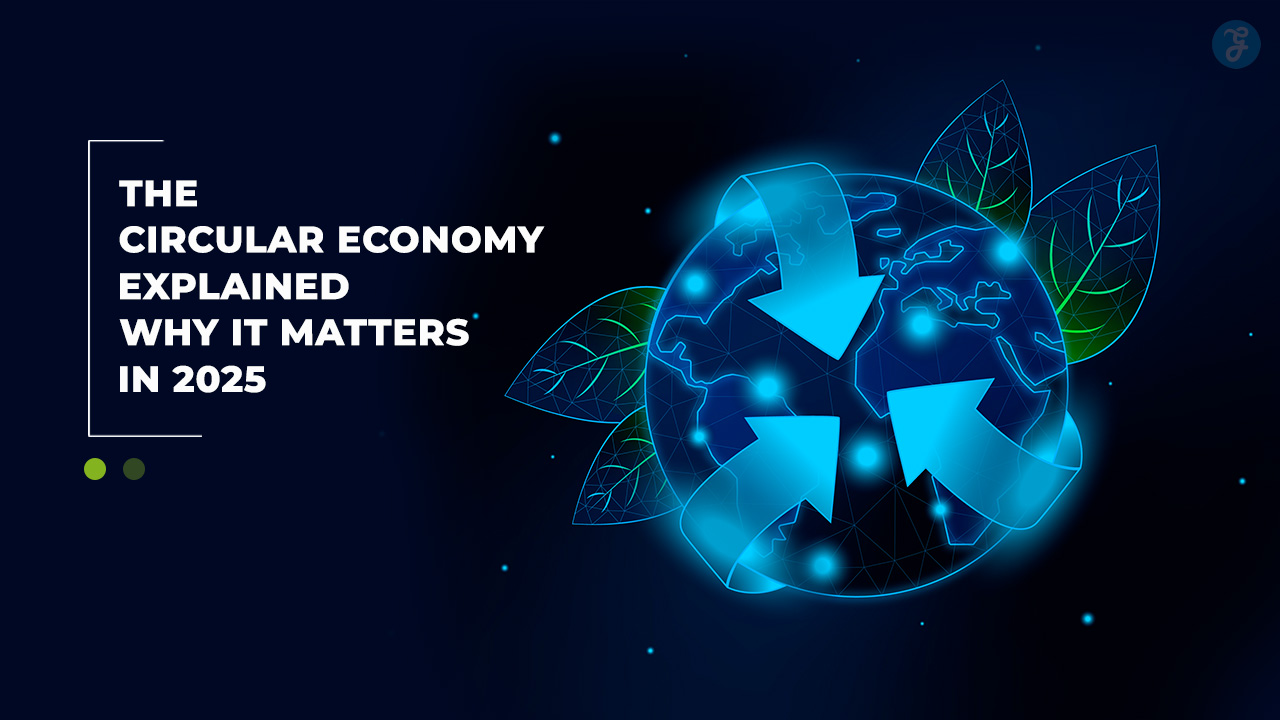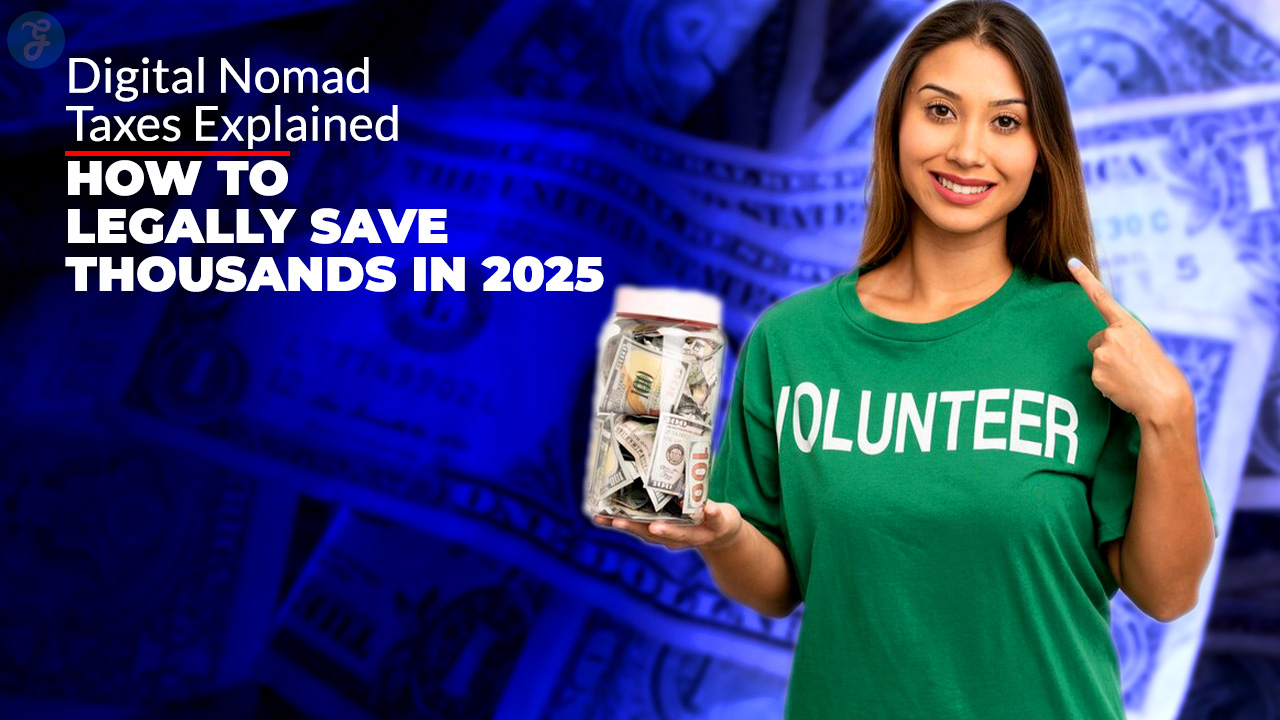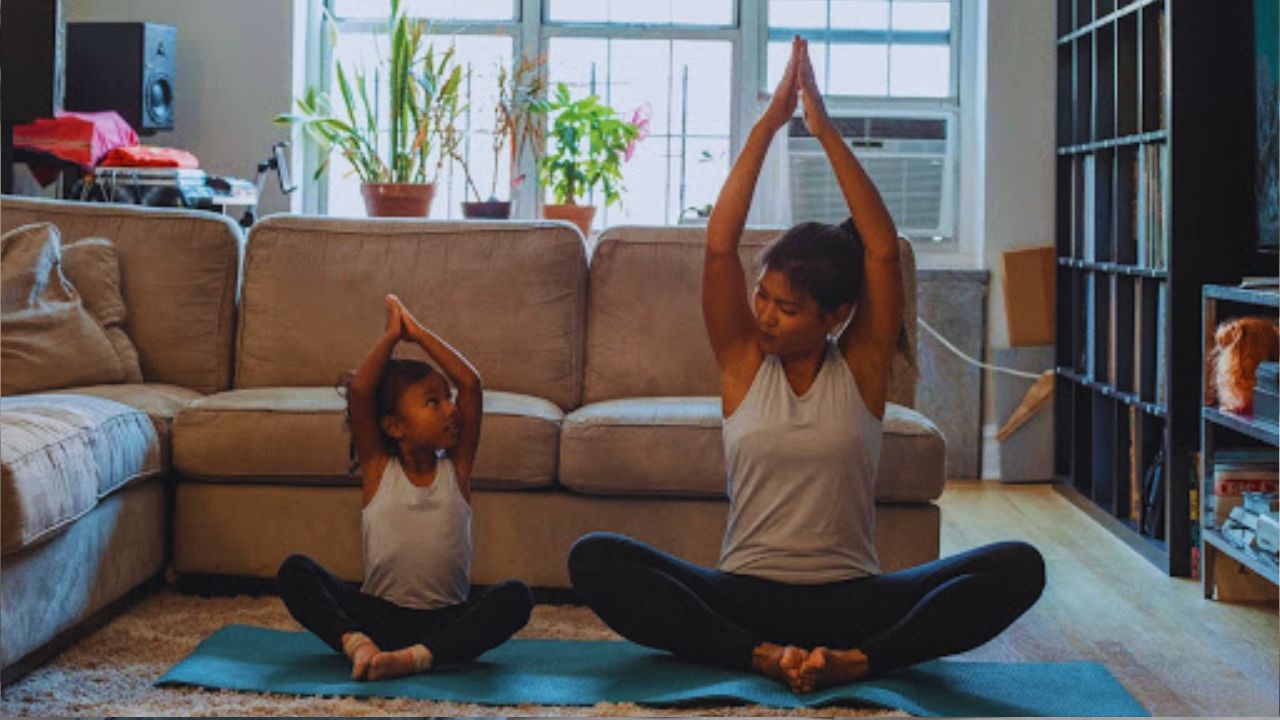The beauty industry is undergoing a major transformation, with sustainability taking center stage in 2025. Consumers are demanding eco-conscious products, brands are innovating with greener solutions, and regulations are pushing for ethical standards.
This shift towards sustainable beauty trends is not just a passing fad but a long-term movement towards a cleaner, greener future.
From zero-waste packaging to vegan and cruelty-free formulations, the industry is embracing sustainability in every aspect. If you’re passionate about eco-friendly beauty, stay ahead of the curve with these top 10 sustainable beauty trends shaping 2025.
1. Clean and Green Beauty Formulations
The demand for clean beauty continues to rise, focusing on non-toxic, ethically sourced ingredients, while green beauty prioritizes environmental sustainability. Consumers are becoming more conscious of the ingredients in their skincare and makeup, pushing brands toward more natural and organic solutions. In 2025, expect a surge in products that eliminate harmful chemicals, use biodegradable ingredients, and promote ethical farming practices.
- Natural and organic formulations free from harsh chemicals.
- Biodegradable ingredients that do not pollute the environment.
- Ethical sourcing that supports fair trade and responsible farming.
- Eliminating synthetic preservatives to ensure purity.
Brands Leading the Change
Several brands are setting new standards in sustainable beauty trends:
| Brand | Key Sustainable Initiative |
| Biossance | Uses sugarcane-derived squalane to replace shark-based squalene |
| Tata Harper | Focuses on farm-to-face organic skincare with sustainable farming |
| Ilia Beauty | Pioneering eco-friendly and clean makeup with recyclable packaging |
| Herbivore Botanicals | 100% natural ingredients with glass packaging to minimize waste |
Key Takeaway: Expect a surge in non-toxic, plant-based, and eco-conscious beauty formulations in 2025.
2. Zero-Waste and Plastic-Free Packaging
The beauty industry generates 120 billion units of packaging waste annually. In 2025, brands are rapidly shifting towards plastic-free and refillable packaging, utilizing biodegradable materials like bamboo, glass, and paper. This initiative aims to reduce waste and lower carbon footprints across the industry.
- Refillable containers reducing single-use plastic.
- Biodegradable packaging made from bamboo, glass, and paper.
- Minimalist packaging eliminating unnecessary layers.
- Water-soluble films that dissolve safely without pollution.
Innovations in Sustainable Packaging
| Sustainable Packaging Alternative | Benefits |
| Bamboo containers | 100% biodegradable and renewable |
| Refillable glass bottles | Reduce plastic waste and increase reuse |
| Compostable paper tubes | Eco-friendly alternative to plastic tubes |
| Mycelium-based packaging | Grown from fungi and fully biodegradable |
Case Study: Lush Cosmetics has eliminated over 800,000 plastic bottles annually by promoting its naked packaging products like shampoo bars and body butter bars.
Key Takeaway: Expect brands to shift towards compostable, reusable, and biodegradable packaging in 2025.
3. Waterless Beauty Products
Water scarcity is a growing global concern, and beauty brands are adapting by eliminating water from formulations. Waterless beauty products are highly concentrated, more effective, and reduce the need for preservatives, making them an eco-friendly and skin-friendly option.
- Longer shelf life due to the absence of water.
- More concentrated and effective formulas.
- Lower carbon footprint from reduced shipping weight.
- Reduction of preservatives, making products gentler on the skin.
Top Waterless Beauty Products
| Product Type | Benefit |
| Powder cleansers | Activate with water and eliminate unnecessary liquid fillers |
| Solid shampoos | Reduce plastic waste and last longer than liquid versions |
| Balm-based moisturizers | Provide deep hydration without added water |
| Water-free serums | Deliver potent active ingredients without dilution |
Key Takeaway: Waterless beauty will dominate sustainable beauty trends in 2025, promoting efficiency and eco-friendliness.
4. Upcycled and Ethical Ingredient Sourcing
Upcycling in beauty involves repurposing food waste and plant-based byproducts into effective skincare and haircare ingredients. This trend helps brands reduce waste while creating high-quality formulations.
Ethical ingredient sourcing ensures that the materials used are fair-trade, cruelty-free, and environmentally sustainable. In 2025, expect a stronger commitment to responsible ingredient procurement, focusing on reducing environmental harm and promoting social equity.
- Reducing agricultural waste by reusing natural leftovers.
- Enhancing product efficacy with nutrient-rich extracts.
- Supporting ethical and fair-trade sourcing.
- Preserving biodiversity by utilizing previously discarded materials.
Ethical and Fair Trade Practices
Brands are focusing on responsible ingredient sourcing, ensuring:
- Fair wages for farmers and suppliers.
- Sustainable harvesting methods.
- Support for biodiversity conservation.
| Brand | Upcycling Initiative |
| The Body Shop | Uses leftover fruit extracts from the food industry |
| BYBI Beauty | Upcycles strawberry seeds from juicing waste |
| Juice Beauty | Incorporates organic grape and apple extracts |
Key Takeaway: Upcycled beauty will make sustainable skincare and cosmetics more eco-friendly in 2025.
5. Vegan and Cruelty-Free Beauty
Consumers are increasingly seeking vegan and cruelty-free beauty products as awareness about animal testing and unethical ingredient sourcing grows. Many brands are committing to removing animal-derived ingredients and adopting cruelty-free testing methods, ensuring that no animals are harmed in product development.
- Beeswax – Used in lip balms, now replaced with plant-based alternatives.
- Lanolin – A moisturizer sourced from sheep’s wool, substituted with shea butter.
- Carmine – A red pigment derived from insects, replaced by fruit-based dyes.
Cruelty-Free Certification and Standards
| Certification | What It Ensures |
| Leaping Bunny | No animal testing throughout production |
| PETA-Certified | Guarantees cruelty-free products |
| Vegan Society | No animal ingredients or derivatives |
Key Takeaway: Vegan and cruelty-free beauty will dominate sustainable beauty trends, offering ethical and high-performance alternatives
6. Biodegradable and Eco-Friendly Beauty Tools
As consumers seek eco-friendly alternatives, biodegradable beauty tools are becoming a major trend. Traditional plastic-based accessories are being replaced with sustainable materials like bamboo, recycled metal, and plant-based fibers, minimizing environmental impact.
- Bamboo makeup brushes that are compostable and renewable.
- Plant-based sponges made from konjac root and other biodegradable materials.
- Recycled metal tools such as eyelash curlers and razors to reduce waste.
Best Eco-Friendly Beauty Tools
| Tool Type | Sustainable Benefit |
| Bamboo makeup brushes | Fully compostable and sustainable |
| Konjac sponges | Biodegradable and great for gentle exfoliation |
| Recycled metal razors | Reduce plastic waste and last longer than disposables |
Key Takeaway: Expect more eco-friendly beauty tools made from sustainable materials in 2025.
7. Personalized and AI-Driven Sustainable Beauty
Technology is transforming the beauty industry, helping brands create more sustainable products and minimize waste through AI-driven personalization. These innovations ensure that consumers buy only what they need, reducing excessive consumption and environmental impact.
- AI-powered skin analysis reducing unnecessary product purchases.
- Customized beauty formulations tailored to individual skin needs.
- Smart packaging with QR codes providing sustainability details.
Leading Brands in AI-Powered Beauty
| Brand | AI Innovation |
| PROVEN Skincare | Custom AI-driven skincare solutions |
| Function of Beauty | Personalized haircare and skincare formulations |
| L’Oréal Perso | AI-powered at-home personalized skincare device |
Key Takeaway: AI-driven personalization will make sustainable beauty trends more efficient and waste-free in 2025.
8. Sustainable Beauty Subscription Boxes
Consumers are looking for curated beauty experiences without excessive waste. Sustainable subscription boxes provide high-quality, eco-friendly beauty products in recyclable or reusable packaging, making them a more ethical choice.
- Plastic-free packaging using biodegradable materials.
- Ethically sourced beauty products supporting fair trade.
- Refillable and reusable containers promoting zero waste.
Best Sustainable Beauty Subscription Services
| Subscription Box | Key Features |
| Petit Vour | Cruelty-free, vegan, and sustainable products |
| Love Goodly | Non-toxic, eco-friendly, and ethically sourced |
| Earthlove Box | Zero-waste and organic beauty items |
Key Takeaway: Beauty subscription services will shift towards zero-waste and ethical beauty solutions in 2025.
9. Carbon-Neutral and Climate-Positive Brands
Beauty brands are pledging to become carbon-neutral or climate-positive by reducing emissions and investing in eco-friendly initiatives. This approach involves using renewable energy, offsetting carbon footprints, and ethical supply chains to minimize environmental harm.
- Using renewable energy in production facilities.
- Offsetting carbon emissions through reforestation projects.
- Eco-friendly supply chains minimizing environmental impact.
Leading Carbon-Neutral Beauty Brands
| Brand | Sustainability Initiative |
| Aveda | Uses wind power for manufacturing |
| REN Clean Skincare | 100% zero-waste packaging by 2025 |
| The Ordinary | Carbon footprint transparency and eco-friendly formulations |
Key Takeaway: More beauty brands will pledge carbon neutrality in 2025, reducing environmental harm.
10. Refillable and Multi-Use Beauty Products
Refillable products are gaining traction as an effective way to cut down packaging waste. More brands are offering refillable compacts, lipstick cases, and skincare bottles, reducing excess plastic waste.
- Refillable compacts and lipstick cases for long-term use.
- Multi-use skincare and makeup products reducing excess consumption.
- Refill stations in stores to eliminate the need for new packaging.
Multi-Use Beauty Products for Minimalism
| Product Type | Multi-Use Benefit |
| Tinted moisturizers | Hydration + light coverage |
| Lip and cheek tints | Dual-purpose for minimal makeup routines |
| Balm sticks | Can be used on lips, cheeks, and dry areas |
Key Takeaway: Multi-functional beauty products will be a key trend in sustainable beauty for 2025.
Takeaways
The top sustainable beauty trends in 2025 focus on eco-friendly packaging, ethical sourcing, and innovative formulations. As consumers demand greener and cleaner beauty options, brands will continue to evolve.
By adopting sustainable beauty trends, you can contribute to a more eco-conscious future while enjoying high-performance beauty products. Stay informed, support ethical brands, and embrace sustainability in your beauty routine!
Consumers are demanding eco-conscious products, brands are innovating with greener solutions, and regulations are pushing for ethical standards. This shift towards sustainable beauty trends is not just a passing fad but a long-term movement towards a cleaner, greener future.
From zero-waste packaging to vegan and cruelty-free formulations, the industry is embracing sustainability in every aspect. If you’re passionate about eco-friendly beauty, stay ahead of the curve with these top 10 sustainable beauty trends shaping 2025.


